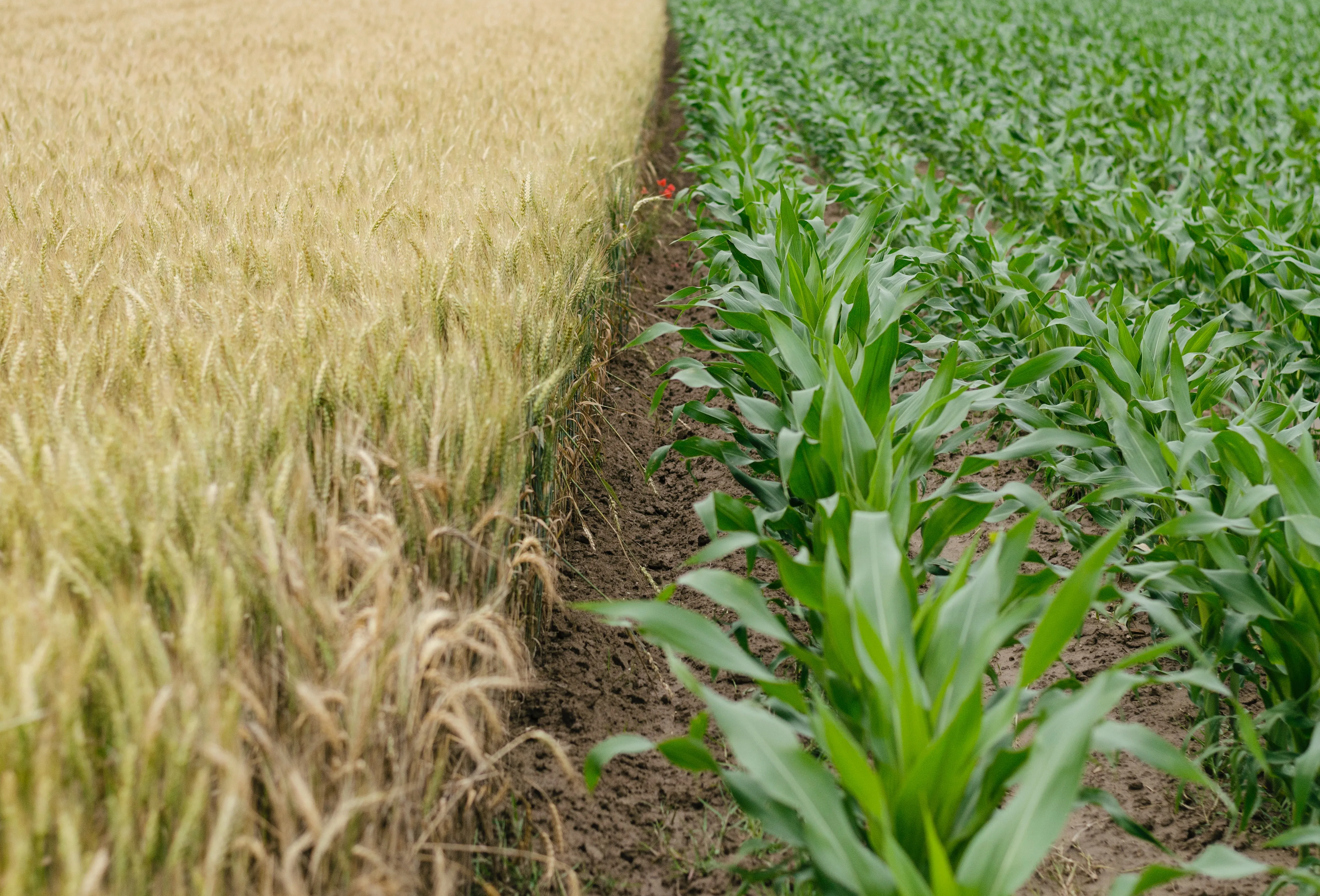Addressing Myths and Misconceptions About No-Till Farming
Debunk the myths with 'Addressing Myths and Misconceptions About No-Till Farming' from Vriksha Farms. This blog post provides a clear perspective on no-till farming, dispelling common misconceptions and highlighting its true benefits. Learn how no-till methods contribute positively to soil health, environmental sustainability, and overall farm efficiency. Gain insights into the realities of no-till farming, understanding its role in modern agriculture and how it aligns with eco-friendly practices."

Introduction:
No-till farming, a sustainable agricultural practice, is often surrounded by myths and misconceptions. At Vriksha Farms, we recognize the importance of debunking these myths to encourage more farmers and investors to adopt this environmentally friendly practice. Aligning with our commitment to Responsible Agroforestry and sustainable living, this blog post aims to clarify common misunderstandings about no-till farming.
Myth 1: No-Till Farming Doesn't Work for All Crops
Many believe no-till farming is unsuitable for certain crops. However, with the right management practices, it can be effective for a wide range of crops. Adapting no-till methods to specific crop needs, such as adjusting planting depths and timings, can ensure success across various crops.
Myth 2: No-Till Leads to Lower Yields
Contrary to this belief, no-till farming can enhance soil health over time, leading to improved yields. While there might be a transitional phase where adjustments are made, the long-term benefits include increased soil fertility and moisture retention, contributing to higher and more sustainable yields.
Myth 3: No-Till Farming Increases Pest Problems
Some assume that no-till farming leads to increased pest issues. In reality, it promotes a more balanced ecosystem where natural predators help control pests. Integrated pest management strategies complement no-till farming, effectively managing pest populations.
Myth 4: No-Till is Only for Large Farms
No-till farming is versatile and can be adapted to farms of all sizes. Small-scale farmers can also benefit from the reduced labor and equipment costs associated with no-till methods. The key is to tailor the approach to the specific conditions and constraints of the farm.
Myth 5: No-Till is Too Expensive to Implement
Transitioning to no-till farming does require some initial investment, particularly in equipment. However, in the long run, it leads to cost savings due to reduced labor, fuel, and machinery expenses. Moreover, various grants and incentives are often available to support sustainable farming practices.
Myth 6: Soil Compaction is a Major Issue in No-Till
While soil compaction can occur, it is manageable in a no-till system. Using cover crops with deep root systems and limiting heavy machinery traffic can significantly reduce compaction. Regular soil testing and monitoring can help identify and address any compaction issues early on.
Conclusion:
Dispelling myths about no-till farming is crucial for its wider adoption and success. At Vriksha Farms, we encourage informed decision-making based on facts and proven results. We invite you to explore our managed farmland plots where no-till farming is practiced, aligning with our commitment to sustainable and productive agriculture.
Call to Action:
Step into the future of sustainable agriculture with Vriksha Farms. Explore our managed farmland opportunities, where myths are dispelled, and sustainable practices thrive. Contact us to learn more and be a part of a community that values responsible and efficient farming.
